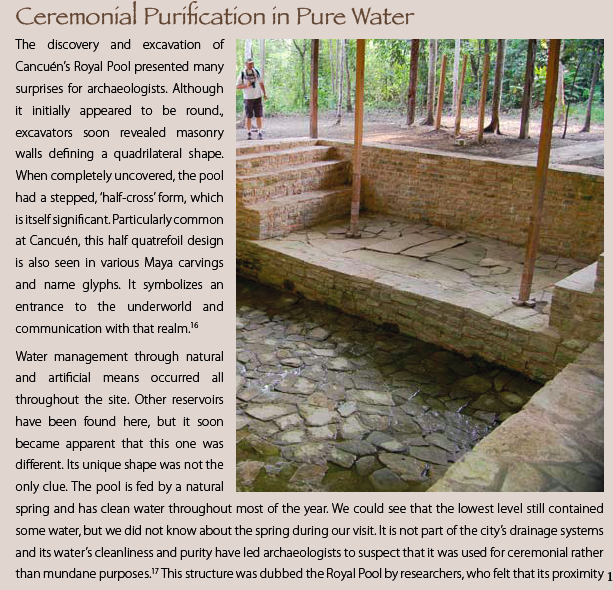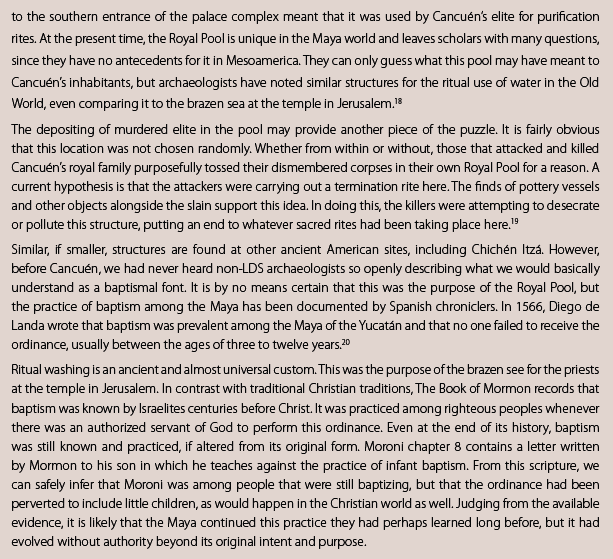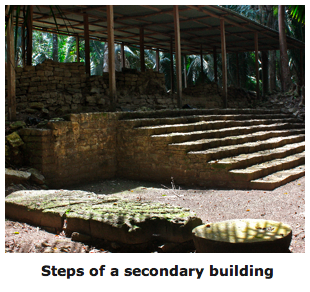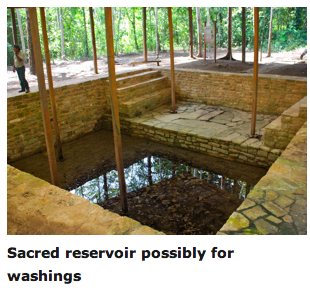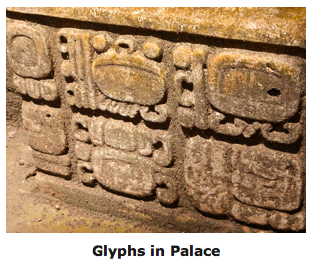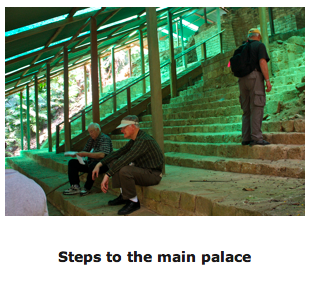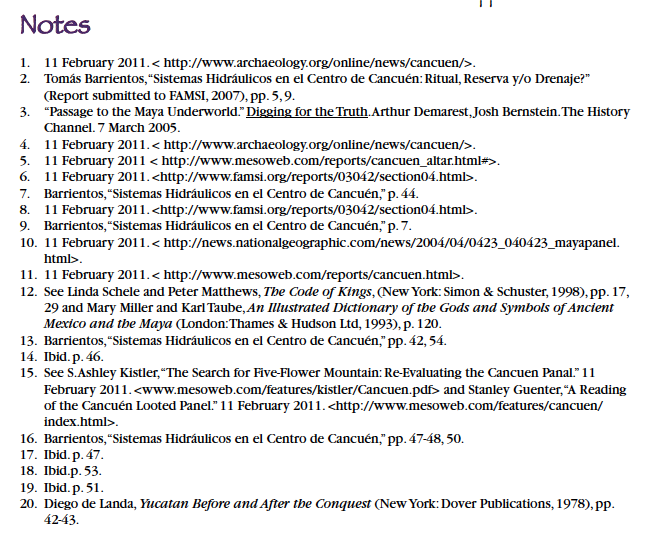Cancuen, city on a tributary of the Usumacinta River
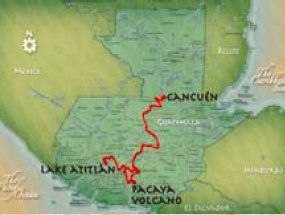
Cancuén is a site that defies expectations. It is currently being excavated and while most of the archaeological work has been done there in the past few years, its existence has been known for over a century.
Because of its apparent small size and lack of massive pyramids or defensive structures (as was supposed) found at other major sites, it was
thought to be small and unimportant and was
practically ignored for most of the twentieth century. However, its lack of pyramid temples has an interesting correlation to the surrounding landscape and gives new insight into the religion of the ancient Maya. Modern excavations have uncovered the largest royal palace in the Maya world and evidence of great influence in trade goods. It is also the site of crippling violence and gruesome murders, all of which have helped to rewrite the history of the Classic period and how it may have ended.
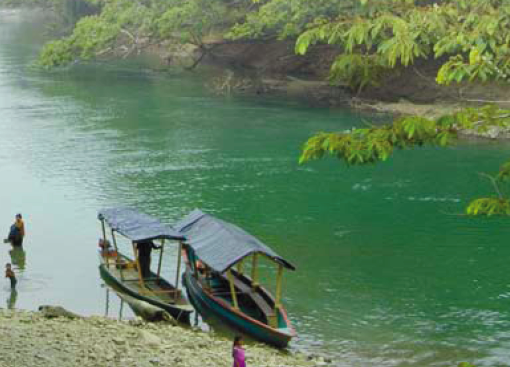
Though anciently Cancuen was on the banks of the Rio Pasion, geological changes have separated the two by just over a mile. Cancuen is now approached from the Rio Pasion, docking here (picture right) and then a short hike to the ruin.
The site’s own history parallels the rise and fall of the Classic period, but the earliest known structures here date to the early seventh century AD. Cancuén is a modern name, meaning “place of the serpents” in Mayan.1 Its ancient name is unknown, but a glyph on a looted panel suggests it may have been called Halub. The site is built on a peninsula that juts into the Pasión River. This strategic location, as well as various natural bays along the shore, made it the perfect location for a major port. Trade goods passed through here to and from regions as far away as the Guatemalan Highlands and the Yucatán Peninsula.2 Water management was an important feature to the city; canals, reservoirs, and springs have been found and excavated all throughout the site. The earliest settlements in Cancuén are found near natural springs.
Even though it might seem like a minor site when compared to cities like Tikal or Yaxchilán, Cancuén’s location on a major river and near towering mountains, complete with caves, might have made it an important site of pilgrimage. These three geographical features were significant symbols in Maya religion and their convergence not far from the site brought a lot of travelers and wealth to the city.
Cancuén had no need of manmade mountains, because they had the real things not far away.3 Cancuén’s first known king was Kinich KapKayal Ahk. Other than his death in AD 653, not much is known about him. In its day, the site was well connected to other Maya polities. A lord from Calakmul officiated at the enthronement of kings here, once in AD 656, and again in AD 677. Inscriptions at the nearby site of Petexbatún relate the marriage of a prince from that city to a Cancuén princess around AD 730.4 The most influential king at Cancuén was Taj Chan Ahk. Born in AD 742, he acceded to the throne in AD 757 and reigned until between AD 795 and AD 799.5 Depictions of him are found on carved panels at the site.
An unusual structure known today as the Royal Pool lies just to the south of the palace complex. Its possible link to the royal family may have been a deciding factor in a violent tragedy that took place here during the reign of the last king, Kan Maax. He recorded the last date known at Cancuén, 12 May AD 8006 and was buried not long after in what appears to be a shallow and hurredly made grave. About the same time, one of the most definitive events in Cancuén’s history took place. At least 32 members of the ruling class, including men, women, and children were executed and their bodies dumped unceremoniously in the Royal Pool.7 Other piles of bodies have been found and much of the site was burned. The defensive walls surrounding important areas were not enough to prevent this attack. Whether it was the result of internal strife or an invasion from an outside kingdom is unknown, but the city was abandoned shortly thereafter. Cancuén’s end was quick and bloody.
Famed archaeologist Teobert Maler reported on Cancuén in 1908. Sylvanus Morley visited ten years later, but since their work at the time was concentrated on looking for monumental inscriptions, Cancuén was passed over in favor of other, ‘grander’ sites. It was basically ignored until 1967, when archaeologists from the Seibal Project excavated a few pits.9 Most of the work has been done in this century and there is much left to do. The discovery of the Royal Pool and the poor souls massacred and left there has rewritten much of Maya history during the close of the Classic period. In recent years, Arthur Demarest from Vanderbilt University and Tomás Barrientos from Guatemala Valley University have been in charge of work here. Demarest has been involving local villagers to manage the site and protect it from looters, who have been active here since the archaeologists’ absence. Demarest has put his own life on the line in physically defending the priceless artifacts here and testifying against robbers.10 He has been working closely with nearby communities so that they recognize the importance of their own heritage here andbenefit from tourism and visitors to the site. They also guard it against the constant threat from the black market for illegal artifacts.
(Editor's Note: In the spring of 2010, BMAF sponsored a tour to Cancuen as well as other sites on or near the Usumacinta river. Click on www.bmaf.org/tours/2010 to see a short photo summary of that trip which includes several excellent pictures of Cancuen. While at Cancuen we met two young men with rifles. They explained they were guards employed to stop the looting. They showed us multiple stelae where someone had taken a chain saw with a long blade and literally sawed off the front of the stelae and left a blank stone.)
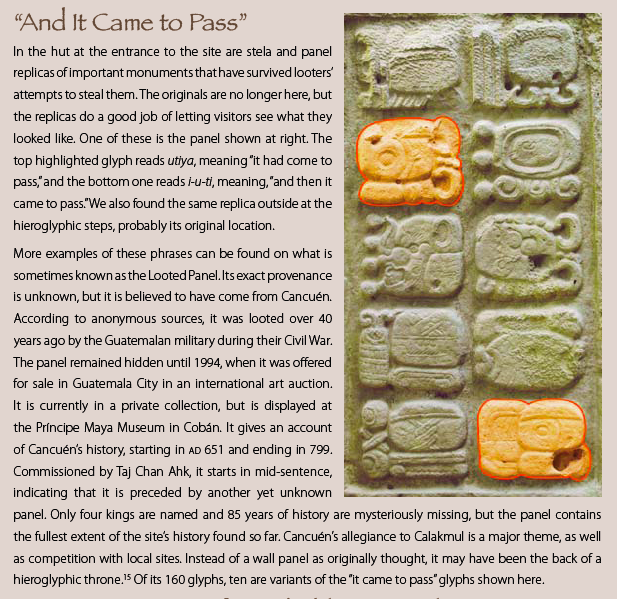
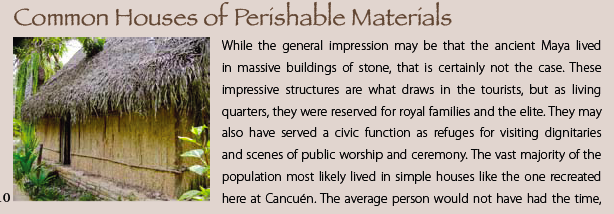
.png)
